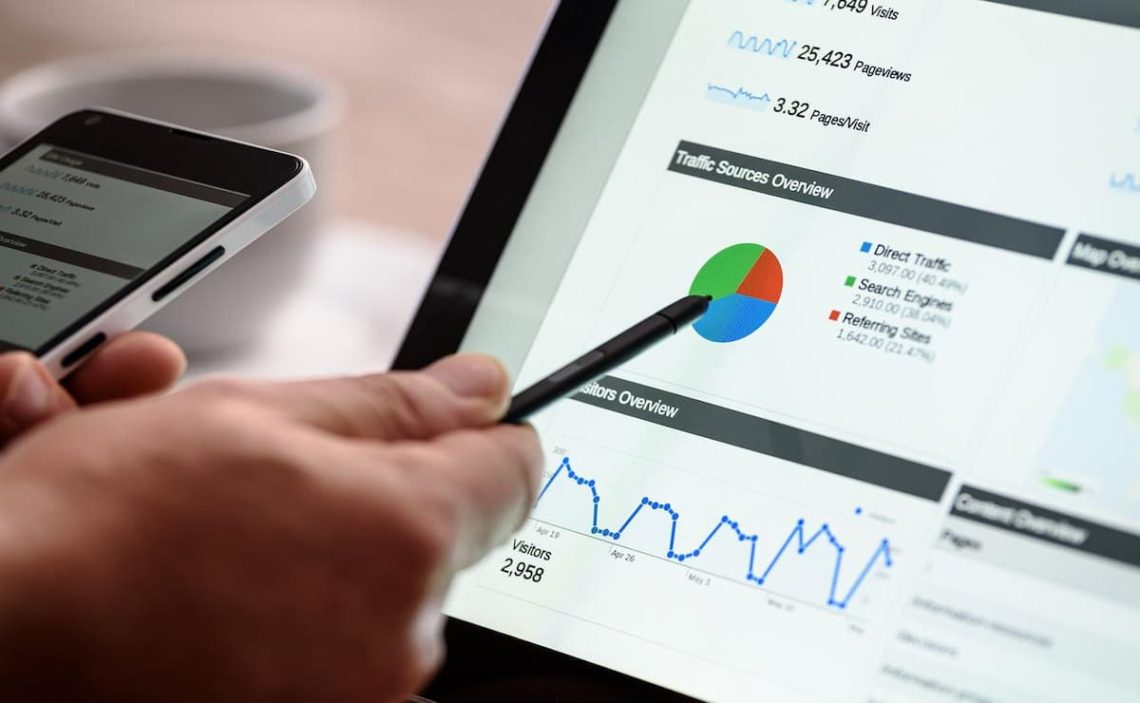Although it is a free service, Venmo is a commercial application. We will learn about the business model and how Venmo makes money through different tools and formulas.
But, to better understand how the application works economically, it is necessary that we can, first of all, know more about it and how it works.
What is Venmo?
It is one of the oldest peer to peer payment applications. It was created in 2009 as a payment system through text messages. Later, at the beginning of the 2010s, the application versions for Android and iPhone appeared.
The basis of the operation of this platform has been sending cash using only mobile devices. This way, knowing the recipient’s phone number was enough to send any money.
In addition, the service includes some social network components which allow you to share some data with your friends. However, we can also make payments privately.
Therefore, it is a service that allows you to send money between individuals knowing their phone numbers. It also allows you to buy in stores that support this application as a payment tool (several million).
Since its acquisition in 2013, the application has belonged to PayPal.
How does Venmo make money?
Venmo’s business model is similar to other peer-to-peer payment apps. However, it should note that being one of the oldest, it is also a pioneering app.
For example, it was one of the first financial apps to propose splitting bills among several people to make payments. That solved many everyday problems, for example, something as simple as dividing a meal among friends.
The business model is therefore clear: a free application that allows payments to be made and simplifies some everyday tasks that were complex before they appeared.
But how does Venmo make money if the app is free? Well, this has different answers.
First of all, it is worth noting that downloading and using the application is free of charge. Using your bank account linked to the application, you can make transfers free of charge. However, if you want to transfer money instantly, you must pay a 1% fee with a minimum of $0.25.
On the other hand, when you use credit cards, a separate fee applies regardless of the transaction. That would be one of the main sources of income for this application. For example, when you make a payment through a credit card, you will be charged 3% of the transaction cost on that card.
Another revenue for the company comes from the 2.9% fee they charge when a consumer uses the app to make payments. This, for example, would be similar to when fees are charged for using a credit card at a merchant, when an intermediary price is set on a hotel comparator, etc.
How are businesses like Venmo’s sustained?
First, many factors help this type of business sustain itself because there is a source of revenue from different payment models, mainly credit cards.
But mainly, it has meant a very large adoption rate by the average user. That means that more and more people are using these types of applications. It is no longer about the current potential but the future.
For example, in 2020, Venmo announced a partnership with Uber. These types of large commercial blocks do increase the revenue that comes from the commercial fee that the app charges (remember, generally 2.9%).
Therefore, it is not only about the current revenue but also about the future potential of service with more and more possibilities. However, we should not forget that this application has seen the emergence of many competitors. Based on the PayPal matrix, it will have to become progressively more competitive and efficient if it wants to maintain its future potential.


